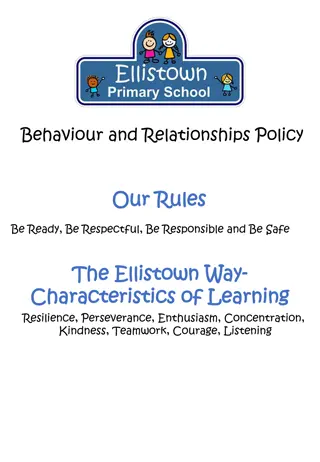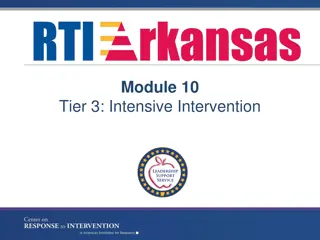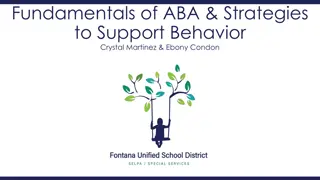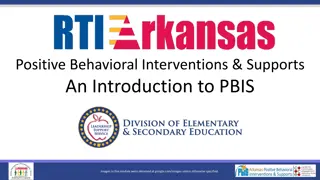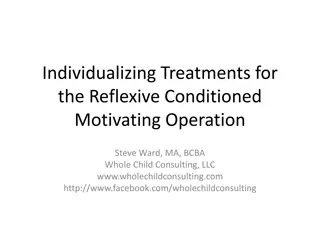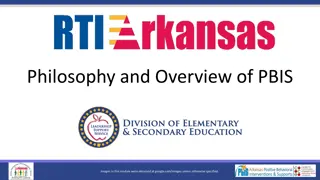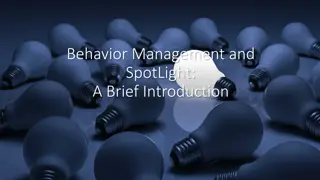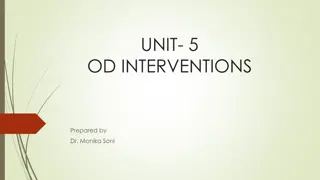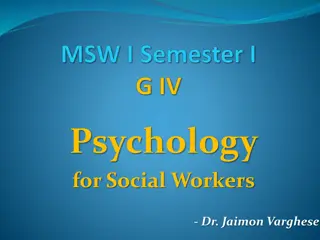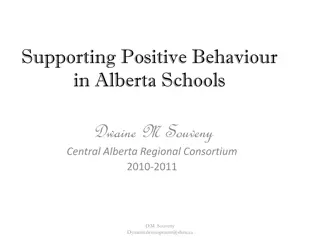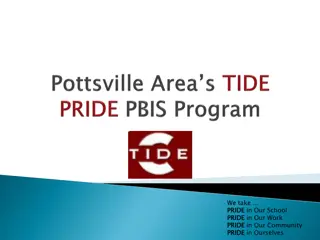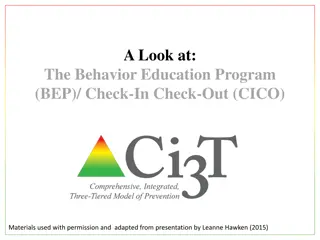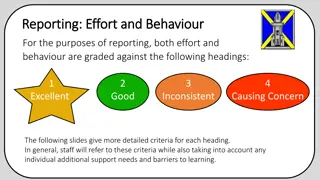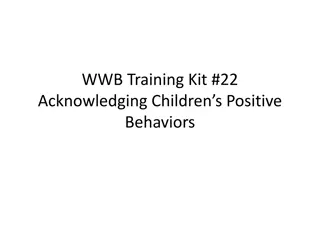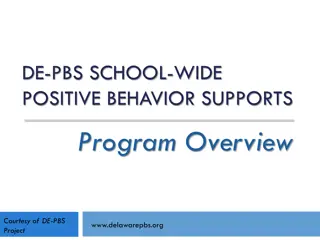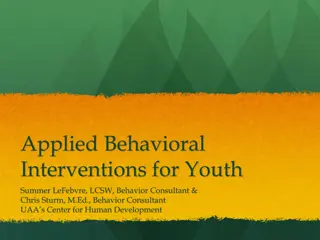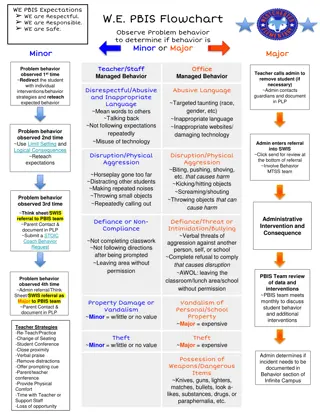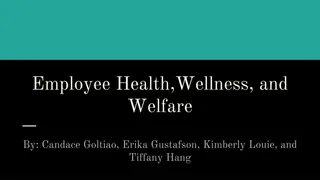Positive Behavior Support Interventions in Education
Learn about Tier 1 Positive Behavior Interventions & Supports (PBIS) developed by California State University and LA Unified School District. Explore evidence-based strategies like effective transitions, praise, choice-making, and establishing routines to promote positive behavior in students. Discover techniques for teaching effective transitions, utilizing signals, and providing effective praise to improve classroom behavior management. Popular
Download Presentation

Please find below an Image/Link to download the presentation.
The content on the website is provided AS IS for your information and personal use only. It may not be sold, licensed, or shared on other websites without obtaining consent from the author.If you encounter any issues during the download, it is possible that the publisher has removed the file from their server.
You are allowed to download the files provided on this website for personal or commercial use, subject to the condition that they are used lawfully. All files are the property of their respective owners.
The content on the website is provided AS IS for your information and personal use only. It may not be sold, licensed, or shared on other websites without obtaining consent from the author.
E N D
Presentation Transcript
What is PBIS? Tier 1 - Universal Supports Developed by California State University and Los Angeles Unified School District
3 Tier-One Evidence-based Positive Behavior Support Interventions 1. Transitions: Smooth transitions can increase instructional time and reduce problem behavior (Mcintosh et al., 2004) 2. Effective Praise: Praise statements have shown to improve academic and behavior outcomes for students (Sutherland et al., 2000) 3. Choice Making: Providing opportunities to make choices can serve as an intervention for decreasing problem behavior (Shogren et al., 2004)
Transitions: Getting Control of Classroom Transitions Transitions require students to stop one activity, perform a chain of transition tasks, and then begin a new activity, all without breaking classroom rules Transitions can be particularly difficult for students with autism spectrum disorder, ADHD, and other behavioral disorders (Mcintosh et al., 2004) Teaching expected behaviors for transition times can increase appropriate behavior
Transitions: Establishing Routines Teaching routines: Establishing routines will help students know expected behaviors for your classroom entering and exiting the classroom completing an activity rotations Example Board image Example activities when I m Done moving from one area to another turning in homework/ classwork changing from one activity to another writing down homework Binder Example of daily Schedule Online Stop Watch
Techniques for Teaching Effective Transitions Teaching Routines and Signals: Model, Practice, Feedback Pre-corrections: Quick reminders of expected behaviors before transition Reinforcement/Redirection: Praise for appropriate behaviors, ignore or redirect inappropriate behaviors Supervise: Monitor transitions (Mcintosh et al., 2004)
Signals : Attention-getters to prepare for transitions
Effective Praise Defined as: Teacher-initiated statements that convey to children the specific academic or social behaviors in which the teachers would like to see students continually engage. (Conroy et al., 2009)
Effective Praise: Implementation Praise contingent on student behavior focus on improvements and effort expected behaviors compliance even if initially noncompliant
Choice Making Allows the student to have some control over the environment Teacher offers choices choices within task Which math sheet do you want to complete first? Do you want to do odd or even questions in workbook? choices related to environment Do you want to work at your desk or the kidney table? Do you want to sit in the yellow chair or the blue chair? choices about order Read first or journal first? List of May do s/Must Do s upon task completion or in lieu of a task.
ACTIVITY: Behavior Challenges in the Classroom What is one behavior challenge that you ve experienced in your classroom? (write it down on the index card provided) 1. Could the behavior described on the card distributed to you be addressed through one of the three positive behavior intervention supports discussed? 2. What are some ways that other teachers might respond?



